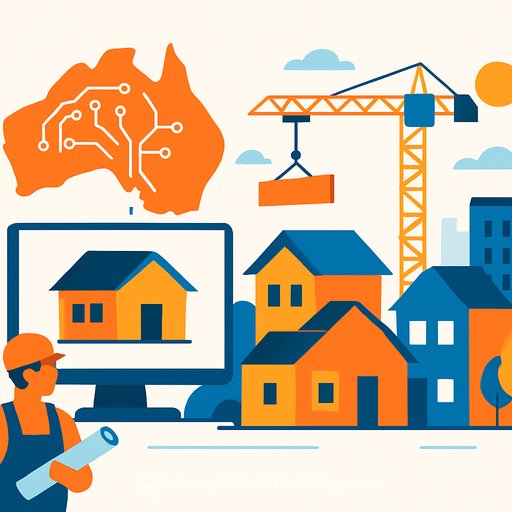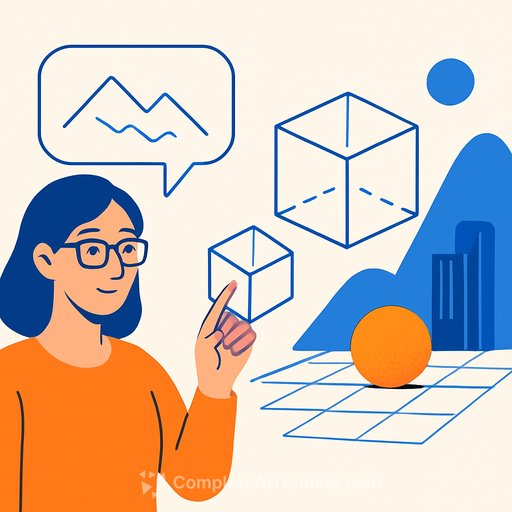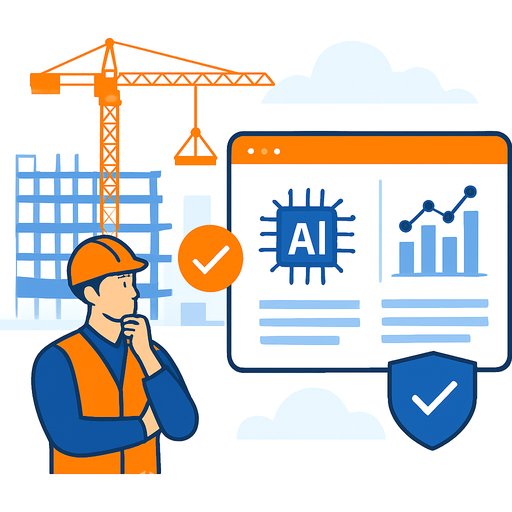Cuby AI Home Design: Chandolin Construction’s New Approach in Australia
The housing market in NSW is on the brink of a major shift. Chandolin Construction is introducing AI-driven building technology that promises faster construction, lower costs, and a solution to the state’s housing shortage. This approach brings artificial intelligence onto construction sites, aiming to streamline processes and reduce labour dependency.
How the Cuby AI Home Building Process Works
Partnering with Cuby Technologies, Chandolin Construction is piloting AI-assisted home builds with three projects underway and plans to deliver 200-300 homes next year. The goal is to expand this technology for large-scale housing developments.
The system employs Mobile Micro-Factories (MMFs), which are portable, containerised units that produce structural components such as steel frames and insulated wall panels. Once manufactured, AI guides the optimal packing of these components into shipping containers for transport to the site. The entire process is QR coded to ensure smooth assembly.
Sarah Dimitrievski, Chandolin’s director, explains that this method transforms housing construction from a labour-heavy task into a digitally managed manufacturing system. This integration cuts down delays caused by weather, subcontractor scheduling issues, and waiting times for tradespeople.
The benefits are clear: homes can be delivered within 30 to 60 days at roughly one-third the cost of traditional building methods. This efficiency makes it possible to increase housing supply even in areas facing labour shortages or high material expenses.
AI’s Role in the Construction Industry
Tim Reardon, chief economist at the Housing Industry Association, views AI as a valuable tool for the construction sector. Rather than replacing skilled trades, AI can reduce the overheads associated with compliance and planning approvals—areas that contribute significantly to housing costs.
He points out two key areas where AI can add value: engineering and planning. By automating complex calculations and navigating red tape, AI can lower time and labour spent on non-productive tasks.
Dimitrievski adds that AI-produced kits include durable, energy-efficient components resistant to fire, mould, pests, and rot. Buyers can personalise home layouts, facades, and finishes using pre-approved modules, although the current focus is on bulk estate developments to meet demand quickly.
Employment and Industry Impact
AI is expected to shift employment dynamics rather than reduce job availability. As Reardon notes, more homes mean more work. The technology reallocates labour from administrative tasks to productive building roles.
His perspective highlights that AI changes roles instead of eliminating them. Those skilled in using AI tools will have an advantage in the evolving construction landscape.
Conclusion
Chandolin Construction’s AI-driven building system offers a practical way to address housing shortages by speeding up delivery and cutting costs. For professionals in real estate and construction, understanding and engaging with AI technologies could become essential for future projects.
To explore AI’s potential in your field, consider checking out Complete AI Training for relevant courses and resources.
Your membership also unlocks:






